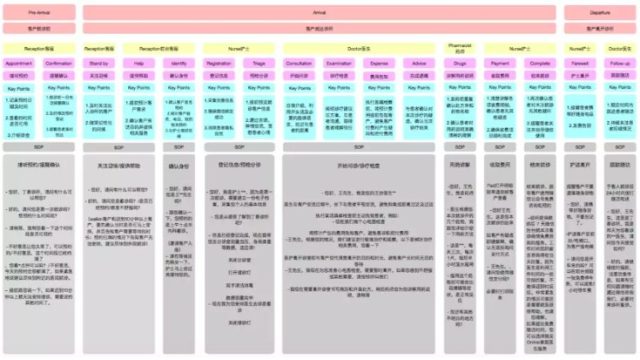In 2008/09, an estimated 2.4 million Canadians (6.8%) had either type 1 or type 2 diabetes, and an additional 480 000 (1.4%) were unaware that they were affected. The most recent Canadian data indicate that, from 1998/99 to 2008/09, the prevalence of diagnosed diabetes increased by 70% (Figure 1). The greatest relative increase in prevalence was seen in the age groups 35–39 and 40–44 years, in which the proportion doubled. In 2008/09, almost 50% of people with newly diagnosed diabetes were 45–64 years old (Figure 2). Substantial increases in prevalence are projected over the next decade.1 Because type 1 diabetes is much less common than type 2 diabetes and is generally symptomatic, we focused on type 2 diabetes in these guidelines.
Laboratory values used to define the diagnosis of diabetes have become more inclusive over time2.6 (Appendix 1). In 2002, a new diagnostic category (now commonly known as prediabetes) was created to describe patients at very high risk of diabetes. More recently, glycated hemoglobin (herein referred to as A1C), which reflects an individual’s average plasma glucose level over the previous 2–3 months, has been accepted as an ilternative diagnostic test for type 2 diabetes.7,8 Long-term consequences of type 2 diabetes include microvascular (retinopathy, nephropathy, neuropathy) and macrovascular (stroke, myocardial infarction) complications. An estimated 65%–80% of people with diabetes will die of a cardiovascular event, many without prior signs or symptoms of cardiovascular disease. Type 2 diabetes is a prevalent and costly chronic illness that demands lifestyle interventions, effective monitoring and pharmacologic management. Management of risk factors, including physical inactivity, blood pressure and blood lipid levels as well as blood glucose levels, is required to prevent long-term complications. Uncertainties remain about how best to prevent diabetes, the relative benefits of population screening and risk assessment, the ideal frequency of screening in high-risk populations and the potential harms of screening. This document updates the 2005 Canadian Task Force on Preventive
糖尿病神经病变能活多久 2012年加拿大2型糖尿病筛查攻略
精彩推荐
- 护肤4.0时代:科学实证重塑护肤价值逻辑

随着越来越多的医疗级技术家用化,护肤行业正从概念营销迈入科学实证新阶段,以专业技术为内核的科学护肤时代已然来临。消费需求的转变,正是这场变革的核心驱动力。《2025...详细
- 以全方位安全守护重塑出行体验,问界新M5 Ultra闪耀广州车展

2025年广州国际车展如期而至,作为年末最具影响力的汽车盛会,现场汇聚了全球主流品牌与前沿技术。在众多展台中,问界新M5 Ultra跃影红车色惊艳亮相,以及扎实的产品力,成...详细
- "迷你至简"又多元个性,可以入手的PAUL SMITH设计师款MINI汽车广州亮相

11月20日,在广州溯榭映美术馆举办的MINIPaul Smith设计沙龙上,MINI PAUL SMITH设计师款完成了它的中国首秀。MINI品牌设计总监Holger Hampf在沙龙现场表示 :每一天都是新...详细
- 中汽研实测满分认证!鸿蒙智行全系安全硬实力破局行业乱象

随着辅助驾驶功能从高端车型的专属配置逐步下沉为新能源汽车的标配选项,消费者对这项技术的关注点始终聚焦于最核心的安全性上。然而,近年来频发的辅助驾驶相关事故、各第...详细
本周热门
- 同仁堂健康双十一活动开启 “象食养医”倡导从健康的时候就关注健康

如果你想了解自己身体的秘密,让健康成为日常的生活方式,保持年轻的状态,实现抗衰老,逆生长的美好愿望,那么今年双十一的这场活动你一定不要错过。11月1日,同仁堂健康...详细





